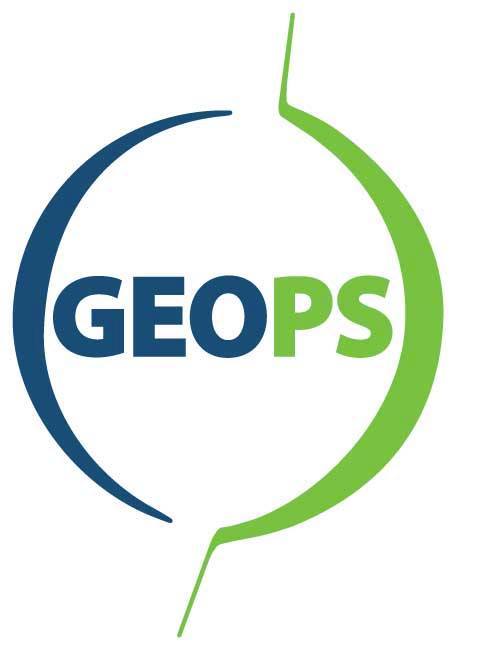Deciphering the origins of Bajocian coral ridges in the Paris Basin: Integrated 3D-seismic reflection, near surface geophysics, and sedimentology
Résumé
Enigmatic N120° ridges have been identified from 3D seismic reflection imaging of the Bajocian limestones of the eastern Paris Basin. These features may impact flows within the active Middle Jurassic aquifer beneath the Callovian–Oxfordian claystones and marls that host the Underground Research Laboratory (URL) where the Andra (French National Agency for Radioactive Waste Management) is studying the feasibility of a deep repository for radioactive waste.
It is consequently of paramount importance to understand the nature and origin of these ridges, and an integrated study combining (i) classical field sedimentology and stratigraphy, (ii) near-surface geophysics including Ground Penetrating Radar (GPR), electrical resistivity tomography (ERT) and frequency-domain electromagnetics (FDEM), and (iii) seismic refraction has been developed to investigate them.
Facies analysis and a regional sequence stratigraphy interpretation, integrating near-surface geophysical imaging, performed on time-equivalent outcrop sections demonstrate that elongated mounds of coral bioconstructions with hermatypic scleractinian corals developed during the early Bajocian (Humphriasianum chronozone) in shallow, warm oligotrophic seawater. These buildups nucleated as patches on giant subaqueous dunes of peloidal and bioclastic grainstones, dipping mostly N30° with N120°-oriented crests. Some of the bioconstructions form buildups up to 15 m high and several hundred meters wide. They are elongated in the main N120° direction of the underlying dunes, although the dispersion of measurements illustrates the complexity of the interfingered structures observed in 3D seismic images. The bioconstructions are progressively onlapped and draped by oncoid-rich alternating marl-limestones that may result from a shift from oligotrophic to mesotrophic conditions probably brought about by a rise in relative sea level. Near-surface geophysics provide insightful supporting evidence to supplement the field work, particularly by imaging the roots of several bioherms, their internal structures, and the infill of the inter-bioherm troughs.
This work demonstrates the critical importance of outcrop analogue studies for resolving subsurface problems and also shows how near-surface geophysical methods can usefully supplement direct classical field geology investigations. This new characterization of previously enigmatic structures may also help to provide new constraints for the static and dynamic modelling of the Bajocian aquifer.
| Origine | Fichiers produits par l'(les) auteur(s) |
|---|




